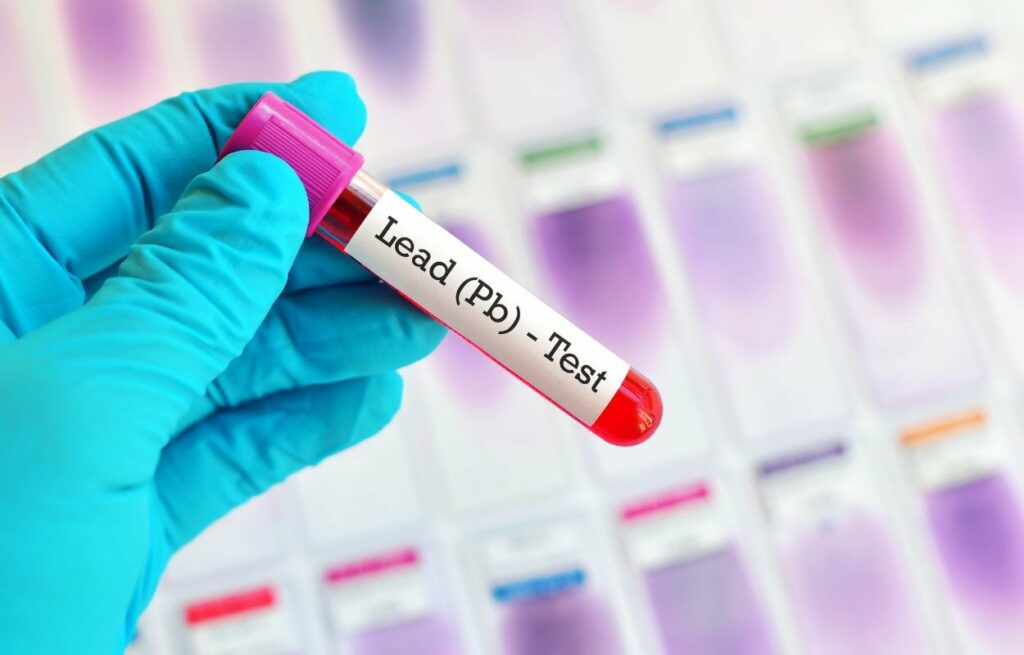
If you live in an older home, work in a historic building, or manage properties built before the 1980s, you’ve probably heard about the dangers of lead. Lead-based paint was widely used for years, and unfortunately, it still lurks in many structures today. If you suspect lead is in your home or business, you might be wondering what to do about it. Should you go for lead abatement? Or is lead remediation the right approach?
It’s easy to get confused because these terms sound similar, but they mean very different things. Let’s break it down so you can make the best decision for your situation.
WHAT IS LEAD ABATEMENT?
Lead abatement is all about permanently eliminating lead hazards. This process goes beyond just covering up or controlling the problem—it removes the lead itself. The goal is to make the environment completely safe from lead exposure, especially for children and pregnant women, who are most vulnerable.
Lead abatement isn’t something you can do yourself with a little elbow grease and some paint. This process requires certified professionals who follow strict safety regulations to remove, enclose, or replace materials that contain lead. In many cases, government agencies oversee abatement projects, especially in schools, childcare centers, and federally assisted housing.
Some common lead abatement methods include:
Encapsulation: This involves sealing lead-based paint under a special coating that prevents it from chipping or releasing dust.
Enclosure: This method covers lead-painted surfaces with another material, such as drywall or paneling, to keep the lead safely contained.
Removal: A professional team might strip away lead-based paint using chemical treatments, sanding, or other techniques.
Replacement: In some cases, it’s safer to remove and replace windows, doors, or even entire walls that contain lead.
If you’re dealing with a serious lead problem and want a long-term, government-approved solution, lead abatement in Nanaimo is the way to go.
WHAT IS LEAD REMEDIATION?
Lead remediation, on the other hand, focuses on reducing lead exposure rather than completely removing it. This process helps manage the risk by making the lead as harmless as possible. Unlike lead abatement, which aims to get rid of the hazard permanently, remediation is more about control and containment.
If your home or business has lead but doesn’t pose an immediate health risk, remediation might be the more practical and affordable option. Here’s how it works:
Regular cleaning: Frequent wiping and mopping with special lead-removing solutions can keep lead dust levels low.
Repainting: Applying a fresh coat of paint over lead-based paint can help seal in the lead and prevent it from becoming airborne.
Soil management: If lead-contaminated soil surrounds a property, professionals might cover it with mulch, grass, or pavement to keep the lead from spreading.
Maintenance checks: Keeping up with repairs and ensuring that painted surfaces remain intact can help prevent lead dust from forming.
Lead remediation is great for maintaining a safer environment without the high cost and strict regulations that come with full-scale abatement. However, it requires ongoing attention and care. If the lead becomes exposed again, additional action might be necessary.
WHEN SHOULD YOU CHOOSE LEAD ABATEMENT?
There are certain situations where lead abatement is not just a good idea—it’s required. If a property is being renovated, demolished, or used by high-risk populations (like children or seniors), lead abatement may be necessary to comply with health and safety laws.
You should consider lead abatement in Nanaimo if:
-
A lead inspection has confirmed dangerously high levels of lead.
-
You’re planning a major renovation that could disturb lead-containing materials.
-
Your property is a daycare, school, or public housing unit.
-
A family member, especially a child, has tested positive for elevated lead levels.
Lead abatement is a permanent fix, which makes it ideal for those who want to eliminate any chance of future exposure.
WHEN IS LEAD REMEDIATION THE BETTER CHOICE?
Lead remediation is often the best approach when the lead hazard is minimal or well-contained. If the lead-based paint in your home is in good condition and isn’t chipping or peeling, remediation methods can keep it that way without the expense and complexity of abatement.
You might opt for remediation if:
-
The lead paint in your home is intact and not a current hazard.
-
You need a more budget-friendly solution.
-
You’re not required by law to remove the lead completely.
-
You want to manage the lead risk while planning for a future abatement project.
Remediation is a great choice for homeowners who want to keep their families safe without the disruption of a full-scale lead removal project.
HOW TO DECIDE WHICH OPTION IS RIGHT FOR YOU
The best choice depends on your specific situation. If you’re dealing with a major lead hazard that could put people’s health at risk, abatement is likely the best course of action. However, if the lead is contained and not an immediate danger, remediation might be enough to keep the environment safe.
Here are some questions to ask yourself:
-
Is the lead causing a health risk right now?
-
Do I have the budget for a permanent solution?
-
Am I required by law to remove the lead?
-
Is the lead in a place that gets a lot of wear and tear?
If you’re still unsure, consulting a lead professional can help you make an informed decision. They can test your home, assess the risks, and recommend the safest and most effective approach.
FINAL THOUGHTS
Lead exposure is a serious issue, but the good news is that you have options. Whether you go with lead abatement or lead remediation, the key is to take action and protect yourself, your family, and anyone else who might be exposed.
If you’re looking for expert guidance on lead abatement in Nanaimo, reach out to a certified professional. They can walk you through the process and ensure that your home or business is safe for years to come.
No matter which route you take, staying informed and proactive is the best way to handle lead hazards. By understanding the difference between abatement and remediation, you can make the right choice for your property and your peace of mind.





